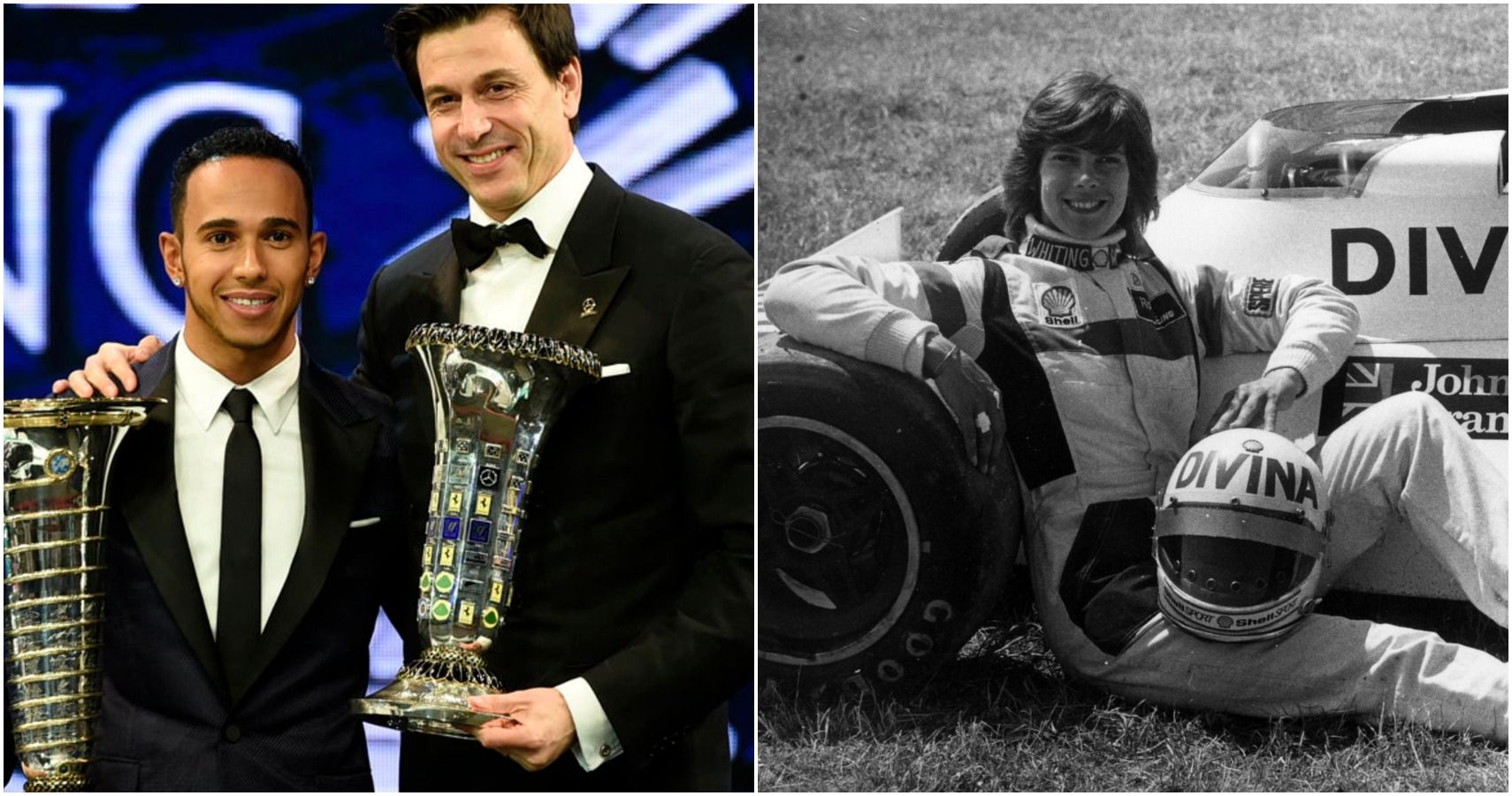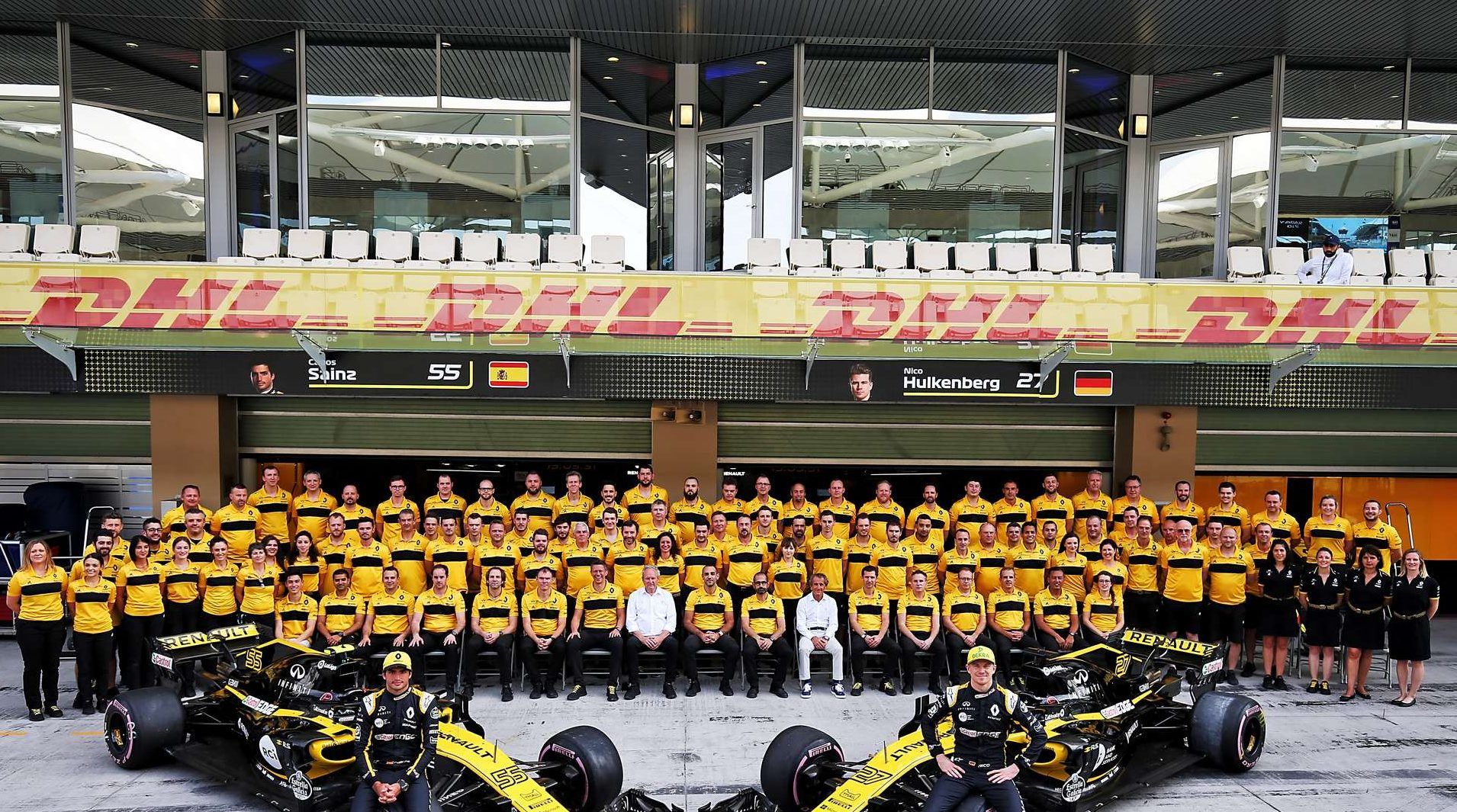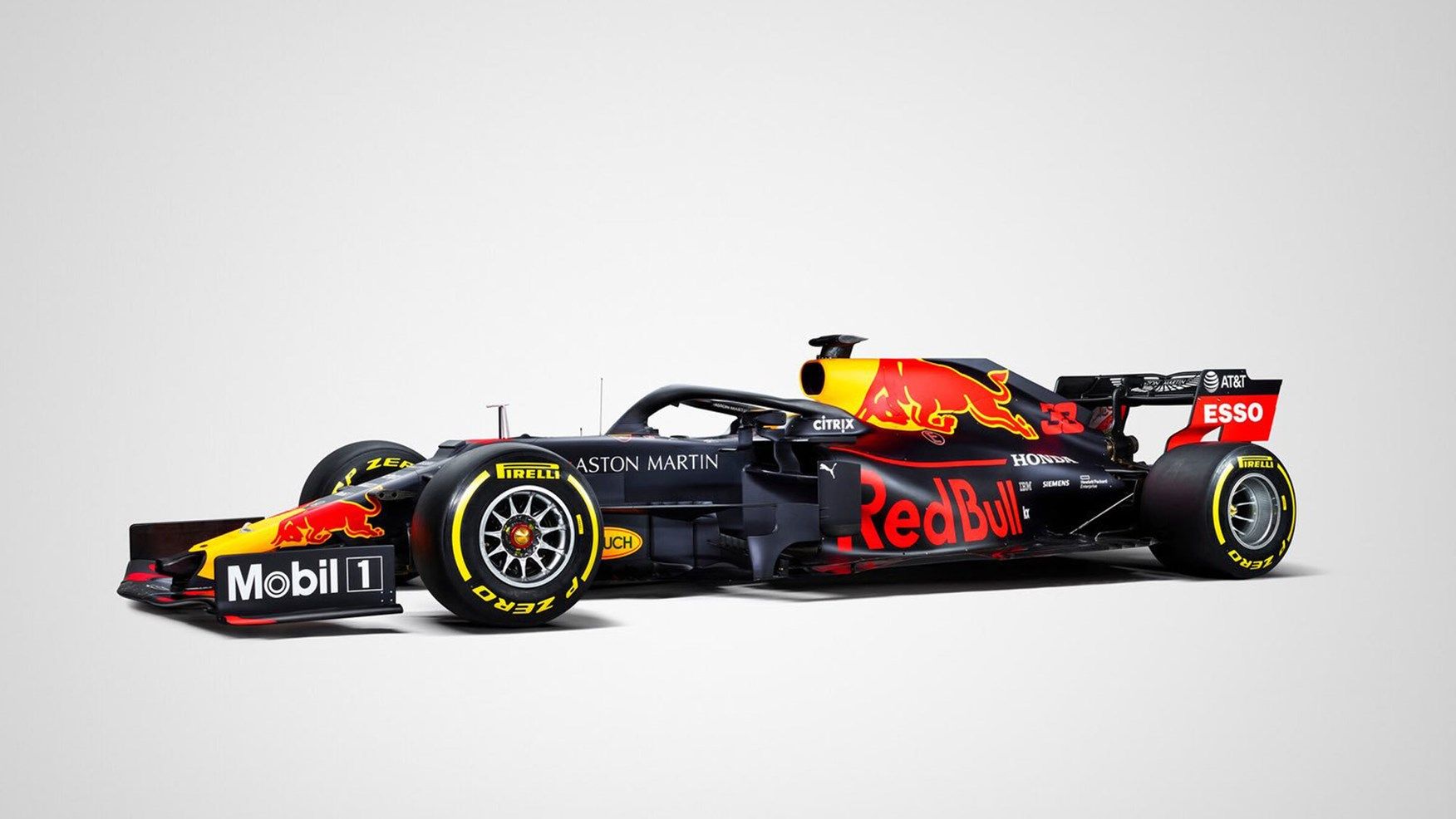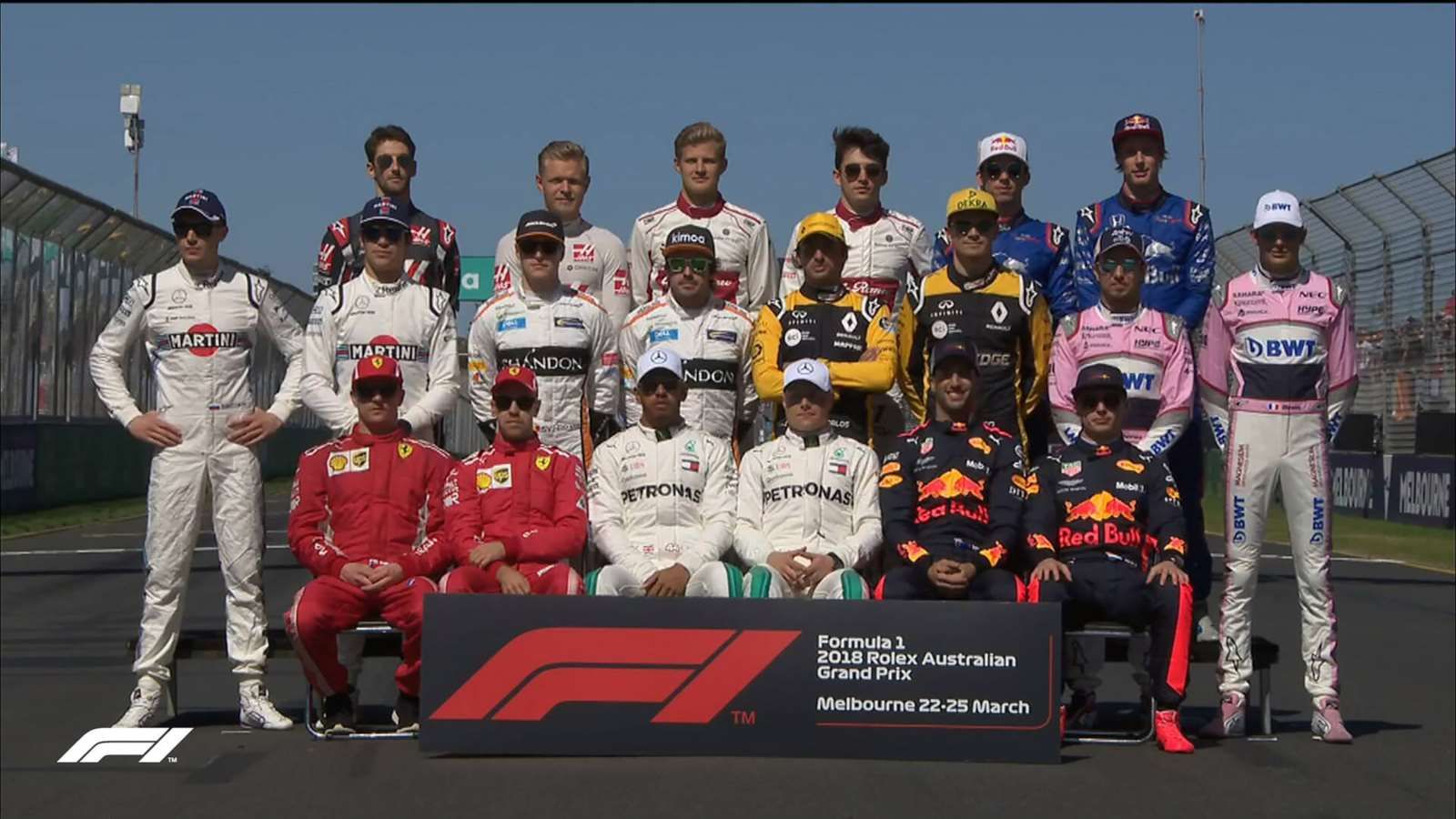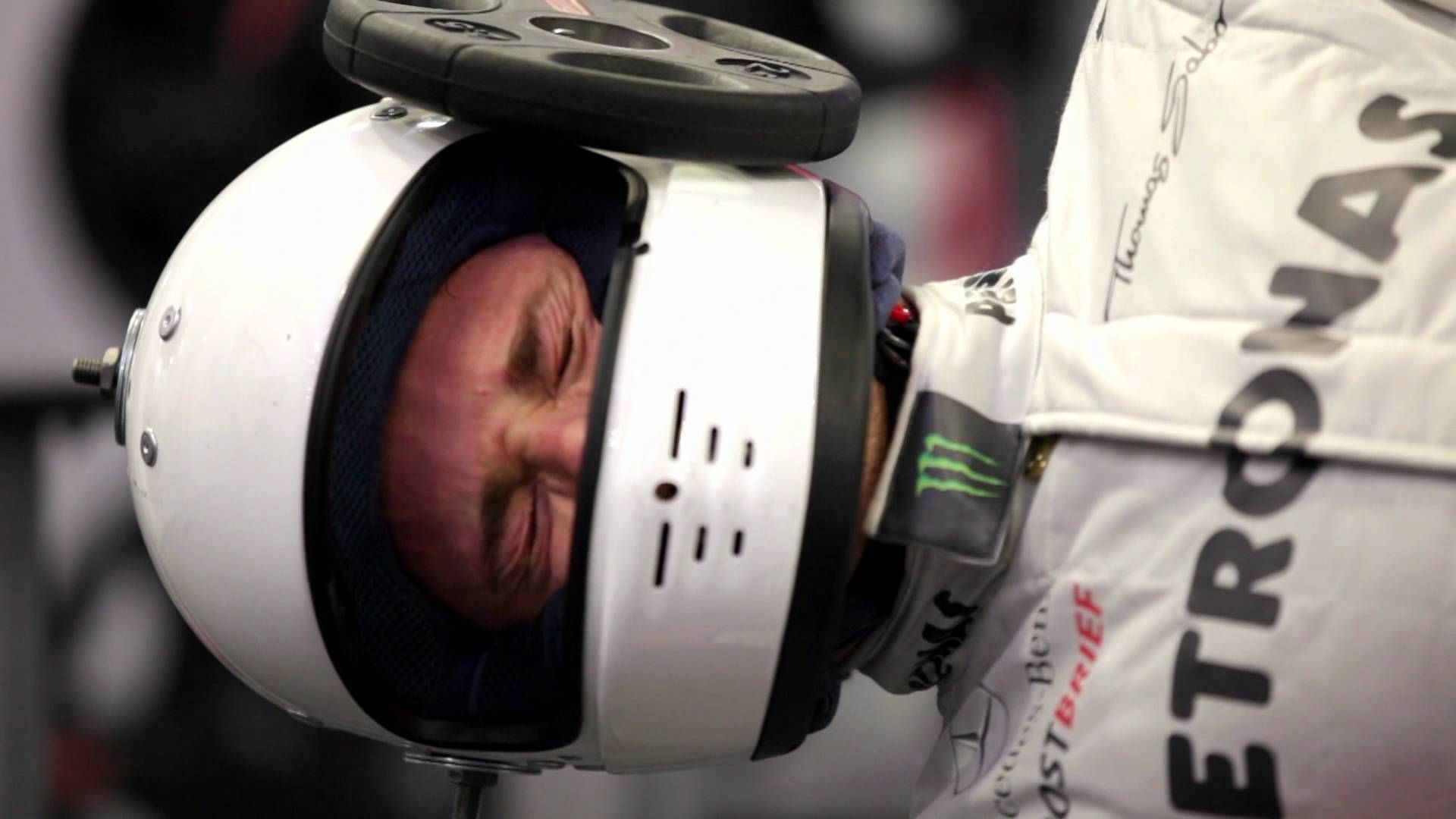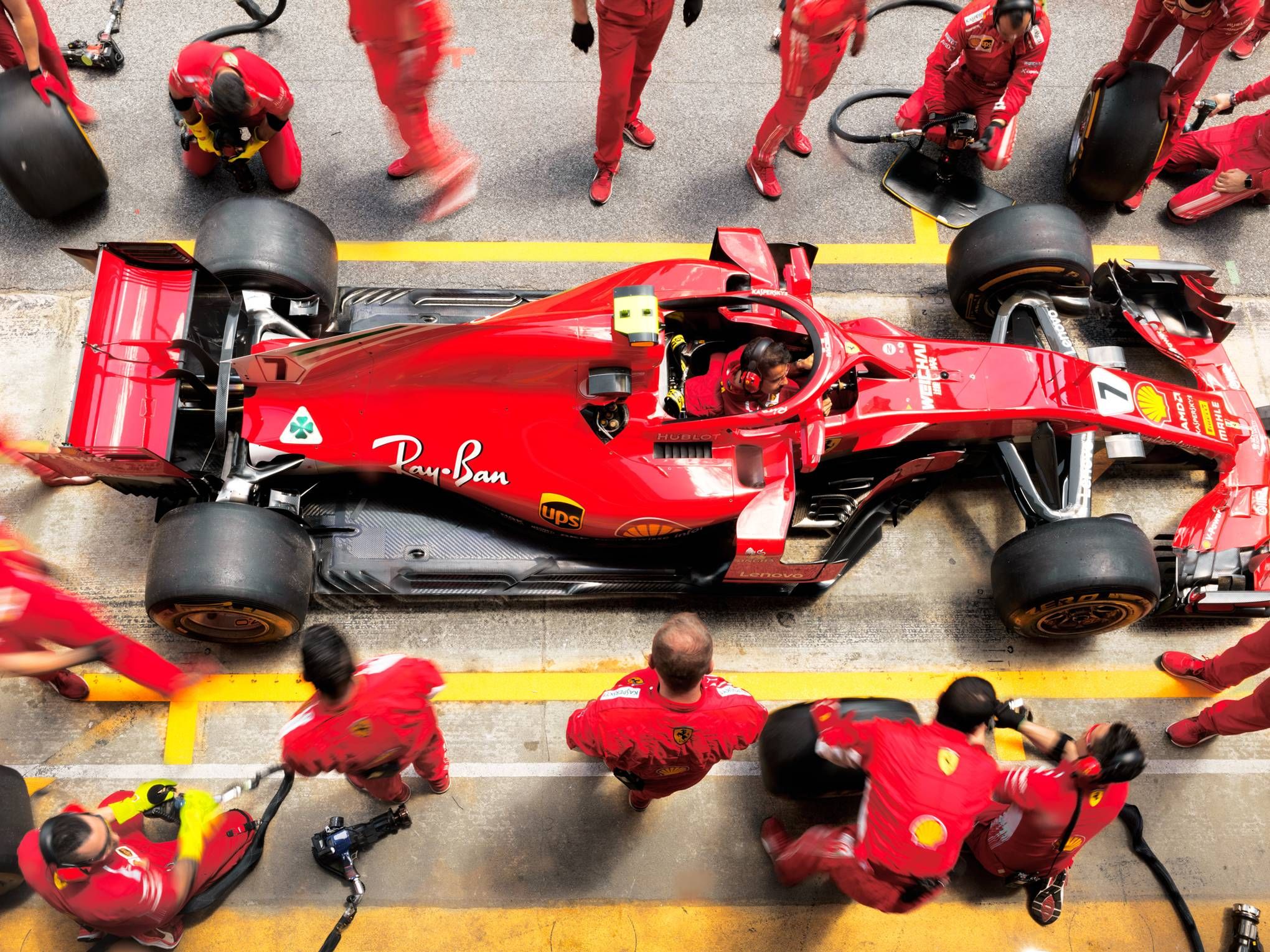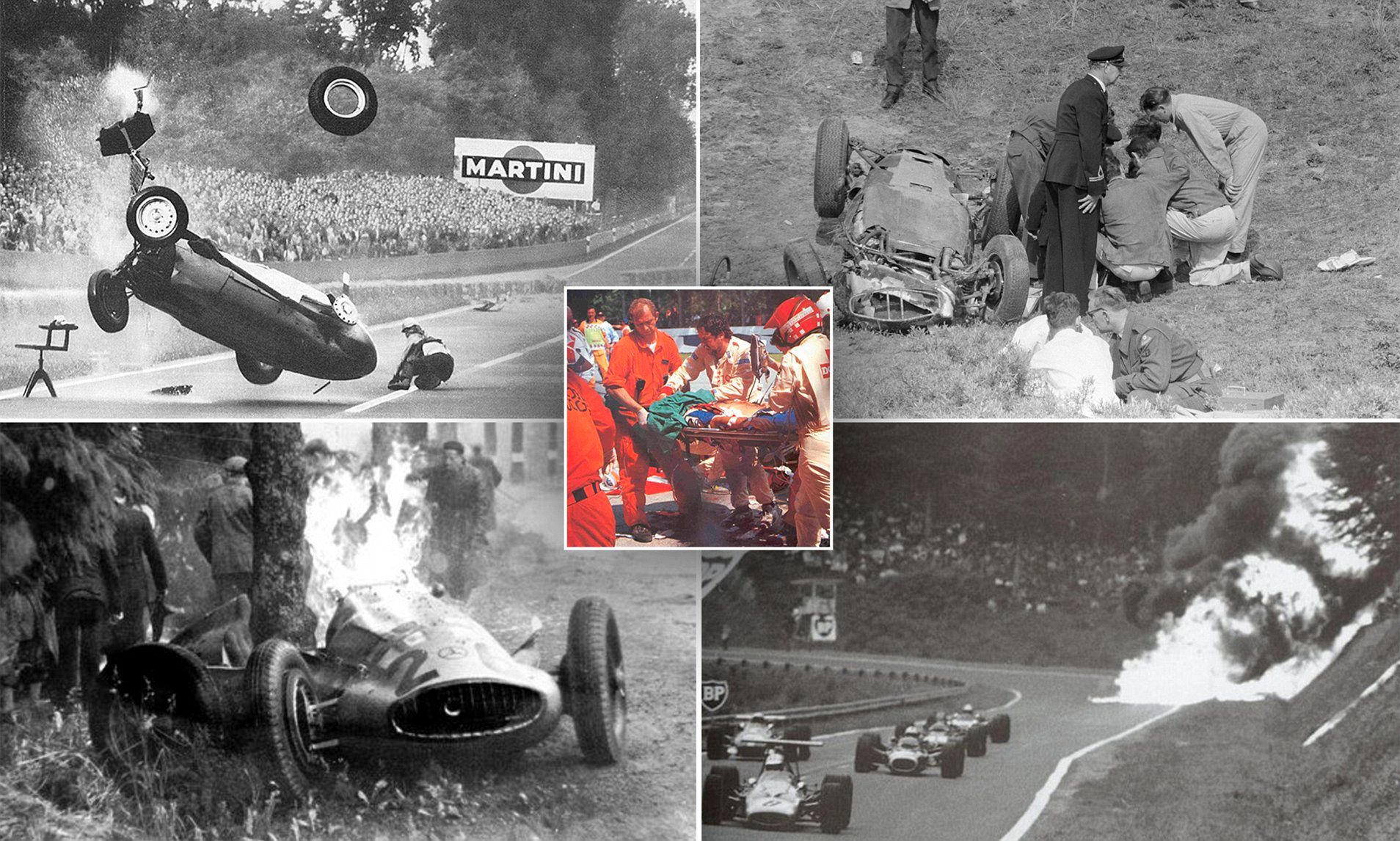F1 has been around since 1950 and has been a driving force in the racing industry. People have dreams of becoming one of the famed Formula 1 racers, but fans have the pleasure of watching the action take place. The cars race by on our screens as we cheer on our favorite teams from the couch, or if we're lucky, from the stands at the track.
There are several facts many people probably don't know about Formula 1 racing, but we have uncovered them just for you. Your knowledge of the sport may be vast, but there are some things even the biggest fans don't know. Keep reading to learn 10 wild facts about Formula 1 racing that most fans don't know!
10 10. Teams Can Have as Many as 600 People
There might only be about 50 people trackside on race day, but there are so many more team members working behind the scenes to make it happen. There are some teams with close to 600 people working to make their team the best of the best.
Every team has engineers, management officials, assembly workers, and more working to support a single franchise. This number can vary from team to team, but it comes at no surprise that such a large number of people work together to try and bring home a victory.
9 9. There are Two Championships
Many assume that drivers are racing for single a championship title, but there is actually a second title to be won called the Constructor's Championship. The teams enter two of the exact same cars under two different drivers, and each car earns points in each of the races.
A constructor is the group of people who design these cars and only ten times in history has the award been given to a team who didn't win the driver's award. The constructor's championship may not seem like much, but the prize is a large sum of money that can make or break a team the next season.
8 8. A Car Costs $10 to $20 Million
These cars were not just thrown together, but millions of dollars are poured into their creation. The companies generally don't release the exact price of these powerful machines, but it is estimated that an effective car will run someone about $12 million, which gets more expensive every year.
The main issue is that the rules about design keep changing from year to year, and the adjustments made to the vehicles are more than just a simple fix. This might seem low when compared to the team's budgets of $400 million, but this dollar amount doesn't take into account the salaries of the workers responsible for putting this vehicle together.
7 7. A Driver Generally Loses About 9 Pounds of Water During a Race
The drivers who handle these monster machines can lose between eight and nine pounds of water weight over the course of a race. This is due to the poor ventilation of the vehicles, the stress it puts on their batteries, and the focus they need to drive properly.
These figures are usually only seen on extremely hot race days, as an ample air conditioning system isn't on their priority list in a vehicle. Drivers are given a drinking system in their units to keep them from getting dehydrated over the course of a race, and some even choose to relieve themselves in their own cars.
6 6. The Steering Wheels Have Over 20 Buttons
The steering wheels on F1 cars are not your run of the mill devices, but they look more like something you would use to play a video game or fly an airplane. They grow more high tech every year and usually, the drivers are directly involved in the creation process.
You can control the engine modes, talk to your team, or even set the speed limit. The rubber handles are usually molded to a particular driver's hand and they can take up to eighty hours to put together due to their sheer complexity.
5 5. Number 13 Has Only Been Assigned Twice
A number is assigned to every car and driver to help identify who is who in a race. It is a racing tradition not to use the number 13 for any team, but it has been used in Formula 1 two times in its history. It was used in the 1963 Mexico Grand Prix and the 1976 British Grand Prix, but it didn't qualify in the second race.
The driver in the race in Mexico was Moisés Solana, a nobody, so both the number and the newcomer shocked the racing world when they showed up at the race. The driver in the British Grand Prix was a woman named Divina Galicia, but her time did not allow her to qualify.
4 4. 2018 Was the Only Season to Start and End With the Same Drivers
2018 was the first and only season where the same group of drivers made it from start to finish throughout the entire season. It is not uncommon for teams to trade out drivers for new ones halfway through the season, but this was the one occasion where no one made any swaps.
It's quite a feat for these drivers to keep their positions, but we never do now what is running through the corporations' heads as they try their hand at winning a championship.
3 3. Drivers Focus On Strengthening Their Necks
You might have noticed that many F1 drivers have ridiculously thick necks, but this is what they desire. Their necks can experience up to 5Gs of force while wearing a helmet and other support gear that weighs up to 15 pounds.
This means the driver has to be able to withstand 75 pounds of force being applied to their neck as they focus on driving a vehicle. This is no simple feat which is why drivers train to keep their necks and upper backs in the best shape possible through a series of exercises designed to strengthen these muscles.
2 2. The Cars Never Refuel
Formula 1 might have pit stops, but unlike Nascar, they do not refuel their vehicles. The cars run on the same tank of gas for the entire race and their team is only permitted to replace the tires. The reason behind this is because it became a safety concern as any mishap with the lines could be harmful to the driver, crew, and spectators.
It also took away any advantages some teams might have over others, making it a fair race for all parties involved.
1 1. 53 Formula 1 Drivers Have Died
This number has dropped astronomically since new safety measures have been implemented, but the most recent death did occur back in 2017 at the Historic Grand Prix. This sport is dangerous and only becomes more so as cars reach new top speeds and gear is upgraded to create better vehicles.
Since 2000, we have only seen the loss of four drivers, but the number still brings a tear to our eyes as we imagine the pain their families must be feeling. They died doing what they loved, and we will remember them for the rest of time for their sacrifice in this sport.

